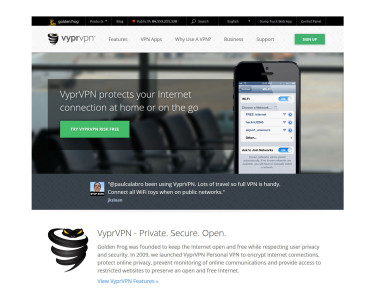This article delves into the escalating threat of Ransomware attacks, exploring their mechanisms, impacts on businesses, and importantly, strategies to prevent falling victim to these malicious cyber crimes.
Understanding the Mechanics of Ransomware Attacks: An In-Depth Analysis
Ransomware attacks operate by infiltrating a computer system, encrypting user data, and demanding a ransom for the decryption key. A successful attack usually hinges on exploitable vulnerabilities in the system, either through software weaknesses or human error, such as clicking on a malicious link.
The Evolution and Varieties of Ransomware: From CryptoLocker to WannaCry
Ransomware has evolved significantly, from the early CryptoLocker to the notorious WannaCry. CryptoLocker, surfacing in 2013, encrypted users‘ files demanding ransom. Four years later, WannaCry wreaked havoc globally, exploiting a Windows vulnerability to lock out users‘ data and demand payment, highlighting the growing sophistication and destructive potential of ransomware.
The Impact of Ransomware Attacks on Businesses and Individuals: Case Studies
Ransomware attacks have crippling effects on both businesses and individuals. For instance, the 2017 WannaCry attack paralyzed the UK’s National Health Service, causing approximately $100 million in damages. Similarly, an individual, Joe Sullivan, lost all his personal and work-related data to a CryptoLocker attack in 2013.
Decoding Ransomware Distribution Methods: Phishing Emails, Malvertising, and Exploit Kits
Ransomware distribution predominantly occurs through phishing emails, malvertising, and exploit kits. Phishing emails trick users into clicking on malicious links or attachments, while malvertising involves embedding malware in online advertisements. Exploit kits, on the other hand, take advantage of software vulnerabilities to spread ransomware.
Essential Components of an Effective Ransomware Prevention Strategy
An effective ransomware prevention strategy involves several critical components. Primarily, it includes regular system backups, updated security software, employee cybersecurity education, and implementing access controls. Furthermore, the strategy must involve a quick incident response plan to mitigate potential damages.
Advanced Technical Measures to Prevent Ransomware: Firewall Configurations, Intrusion Detection Systems, and Endpoint Security
Advanced technical measures can significantly improve ransomware prevention. Configuring firewalls to limit inbound and outbound traffic reduces exposure to potential threats. Intrusion Detection Systems (IDS) monitor networks for malicious activities, while Endpoint Security protects network entry points, thereby preventing unauthorized access.
The Role of User Education and Awareness in Preventing Ransomware Attacks
User education and awareness play a crucial role in preventing ransomware attacks. By understanding the risks and recognizing the signs of these threats, users can avoid clicking on suspicious links, downloading unverified files, or unwittingly providing access to their systems. Regular training and reminders can significantly reduce the likelihood of successful attacks.
Disaster Recovery and Incident Response Plans: Coping with Ransomware Attacks.
In the aftermath of a ransomware attack, Disaster Recovery and Incident Response Plans play a crucial role. These strategies involve restoring systems from backups, identifying the attack vector, and strengthening security measures to prevent future intrusions. Prompt and efficient action can minimize data loss and business disruption.
In conclusion, ransomware attacks are a rising threat, but with proactive defense strategies, robust security protocols, and regular data backups, their impact can be significantly reduced.



